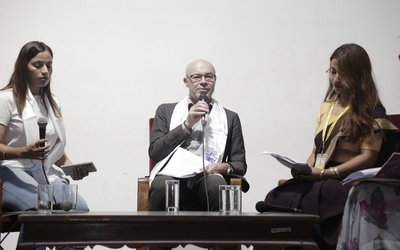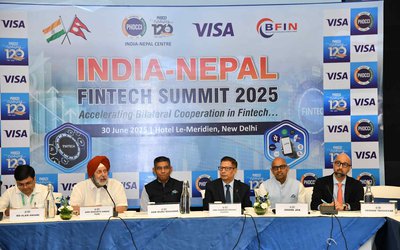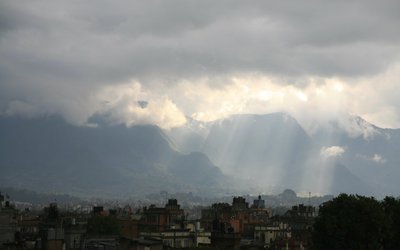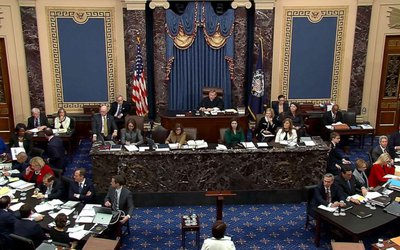
In the last seventy years, Nepal has transformed in many sectors. Linking villages through the construction of suspension bridges is one of them. Visualized by Swiss Geologist Tony Hagen during his travel to Nepal in 1950 as means to connect Nepalese villages through mighty rivers, suspension bridges are now lifelines.
Despite the construction of roads and highways, there is no match for the suspension bridges to connect the remote rural areas of Nepal saving life, time and money.
Recently, a bridge was built in Ridi (Ruru) connecting three districts Palpa, Gulmi and Syanja over Kaligandaki cutting the distances of traveling by many times.
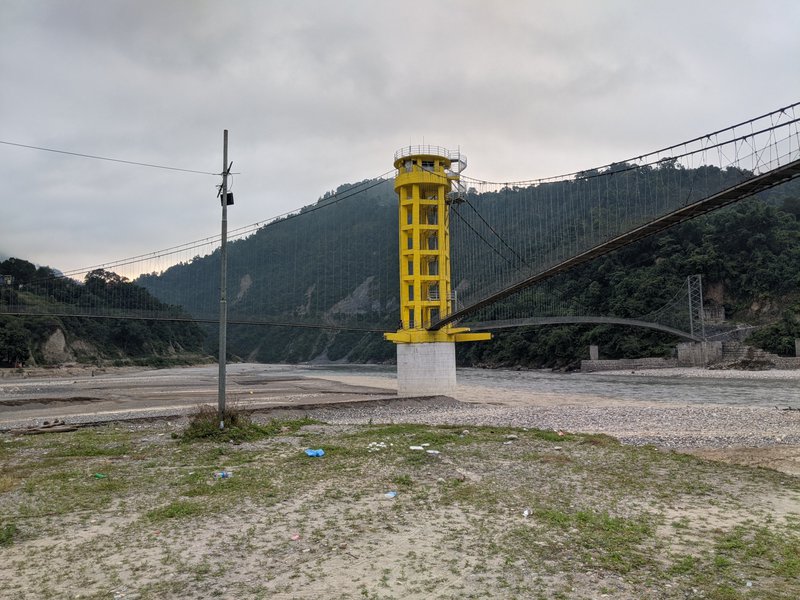
Started by Tony Hagan, Helvetas, a Swiss donor agency, has immensely contributed to constructing the bridges and improved the technology making it suitable in Nepal.
Divided by mighty Kaligandaki and Modi Rivers, Parbat and Baglung districts were so close but they used to be remote. Isolated from each other, the people of people two districts have broken the chain building several bridges over the rivers.

With the construction of several ridges over the Kali Gandaki and Madi rivers, the situation has changed now. Known as a district with different kinds of suspension bridges like longest, deepest and most adventurous, Baglung and Parbat is closely connected now.
Thanks to Swiss geologist Tony Hagen, who first came to Nepal in 1950 as a geologist, everything has changed now. As a member of the Swiss team, Hagen visited various places in Nepal.
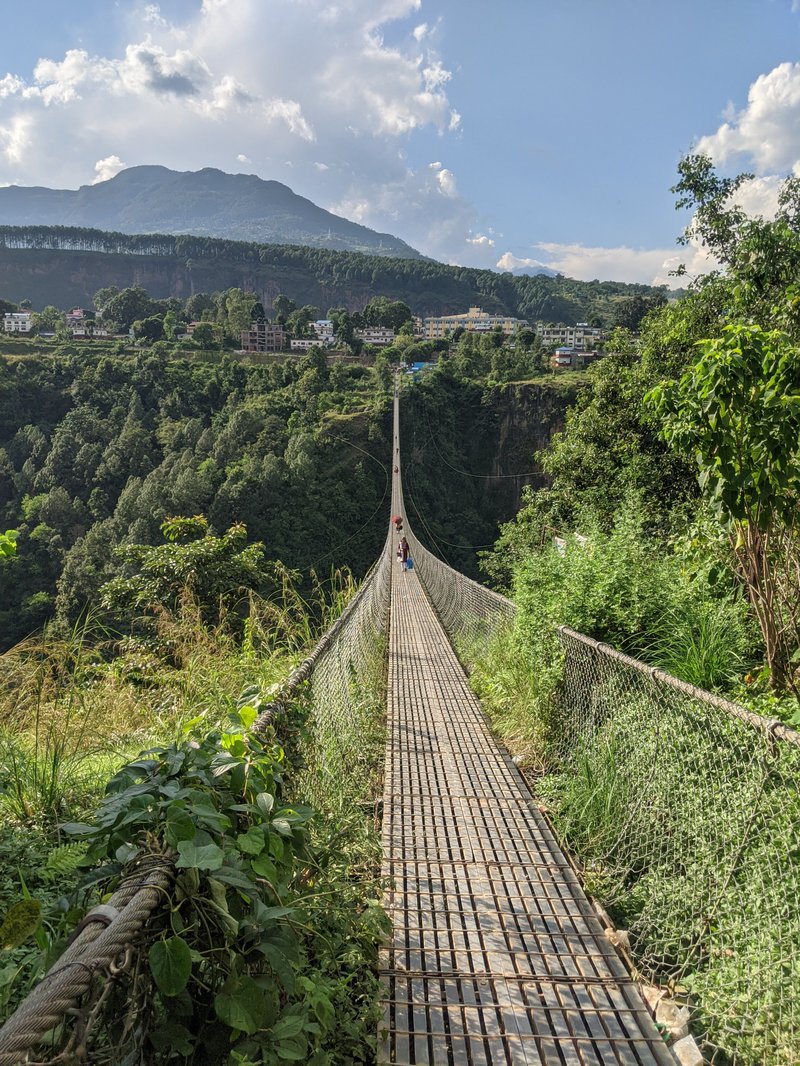
He even wrote a book Building Bridges to the Third World.’ Although Nepal has many mountains, its rivers divide it. One can walk across mountains, but rivers can only be crossed on a bridge. Over the decades, bridge-building has been honed into a fine art, and large parts of Nepal are no longer remote.
When Swiss geologist Hagen was walking in Nepal 50 years ago, he would ask villagers what they wanted most: a school, a health post, or a road. The answer all over Nepal was the same: "We want a bridge."
Today, even though Nepal has a network of 20000 km of highways there is still a need for bridges along the foot trails. The bridges have huge economic value and even though it may not be apparent in dollar-and-cent calculations, they are vital for trekking routes. And villagers have got so used to new suspension bridges built in Nepal over the past two decades, that they don't know what they have until it's gone.
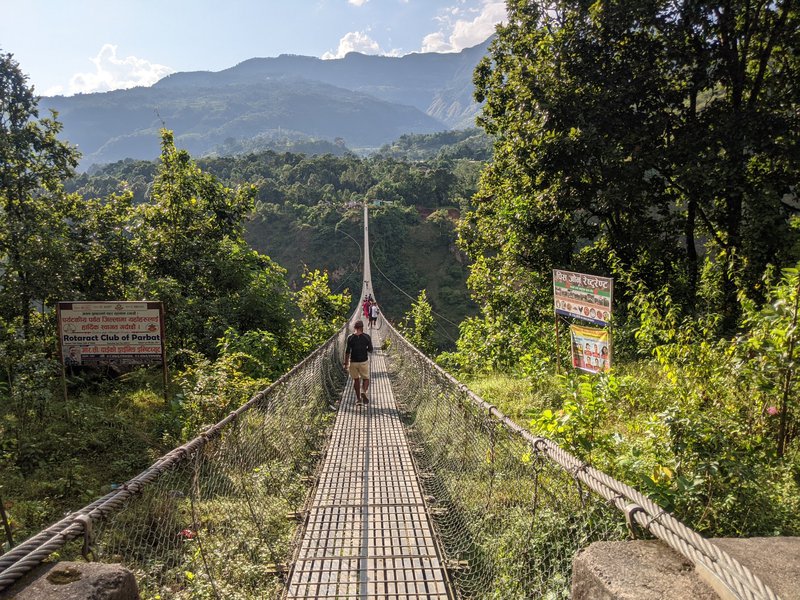
With the support of Helvetas, Nepal has built up its capacity in building suspension bridges. Nepalese experts have been working in different parts of Africa supporting the construction of suspension bridges.
Nepal’s private sector is now using this technology to promote adventurous tourism. Kushma Bungee Jump is Nepal’s highest bungee and the world’s second-highest bungee Jump which scales a height of 228 Meters.
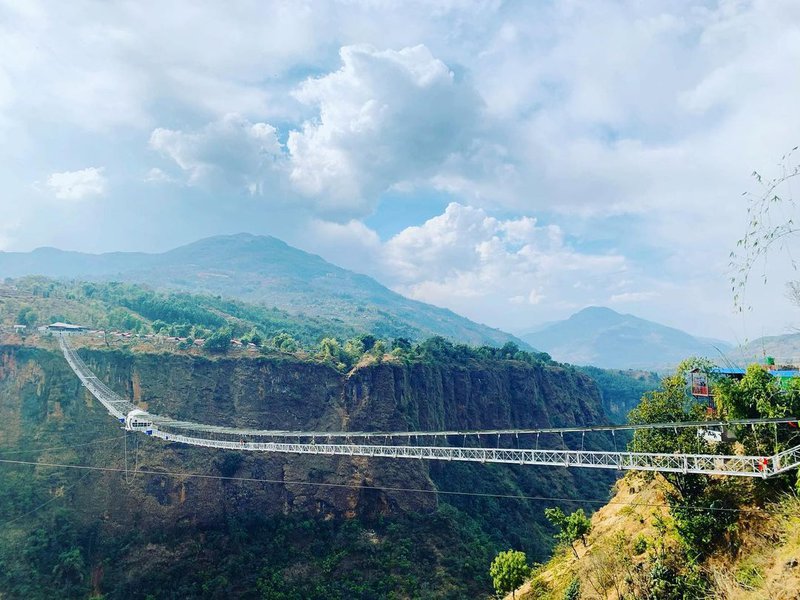
Kushma Bungee jump spot is located on the border between Baglung and the Kushma district of Nepal. These two districts are connected by the 520 Meter suspension bridge in the George of Kaligandaki river. There are other two bungee jump spots in Nepal besides this, The Last Resort and High-ground Bungee Jump respectively 160 Meters and 70 Meters.
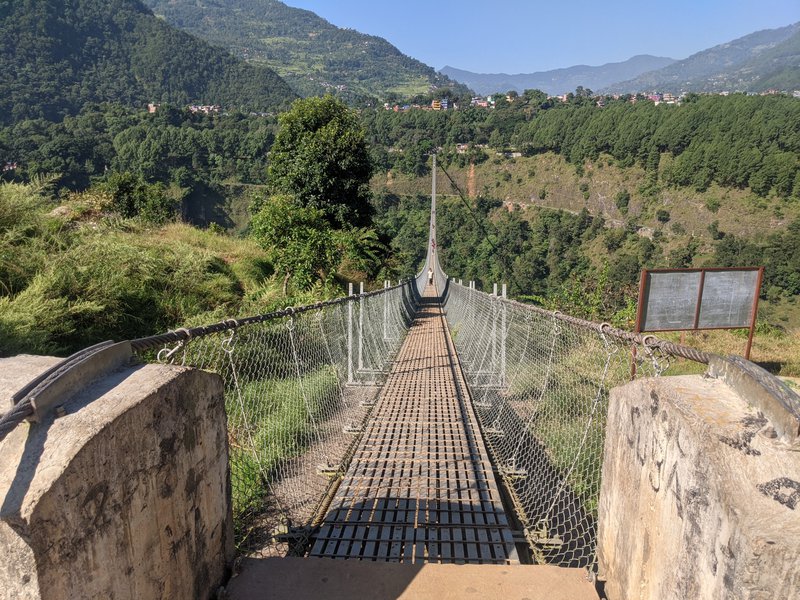
As suspension bridges are suitable for the relatively short crossing connecting the numerous settlements and are off the main strategic points, now they are gradually making the road to the tourism sector.

Keshab Poudel
Poudel is the editor of New Spotlight Magazine.
- FOURTH PROFESSOR Y.N. KHANAL LECTURE: Nepal-China Relations
- Jun 23, 2025
- Colonel JP CROSS: Centenary Birthday
- Jun 23, 2025
- REEEP-GREEN: Empowering Communities with MEP
- Jun 16, 2025
- BEEN: Retrofitted For Green
- May 28, 2025
- GGGI has been promoting green growth in Nepal for a decade: Dr. Malle Fofana
- May 21, 2025



